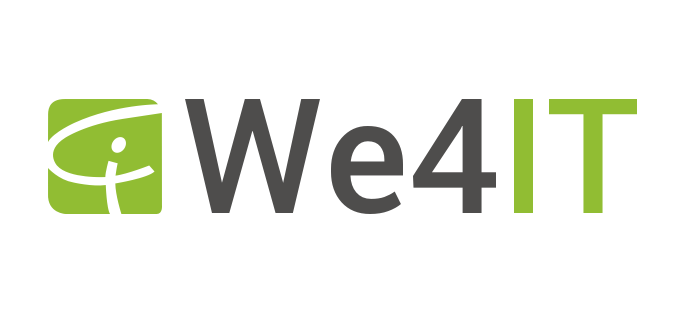Previously, IT administrators had to manage PCs and mobile endpoints with different tools. Today’s business software for endpoint monitoring, performance management or also called endpoint performance management enables companies to centrally discover, provision, deploy, update and troubleshoot the endpoints within the organization.
In other words, business software for endpoint performance management (EPM) allows management of disparate endpoints from a unified console and provides accurate endpoint data that makes life easier for IT. We’ll share best practices for endpoint monitoring, including how to definitively resolve connectivity issues for users of Microsoft 365, formerly Office365 (O365).
Reasons for Endpoint Performance Management
The productivity of any organization depends to a large extent on the performance of its employees’ endpoints. So when computers are slow, experience regular connectivity issues, or even crash, employee productivity suffers and overall agility in the organization decreases.
With so much at stake, endpoint performance monitoring is the best way to prevent these issues and get the most out of digital collaboration.
6 Best Practices from the field
1. Monitor any type of end device with business software
It is always better to keep things simple and any additional business software makes the processes more complicated. Therefore, make sure that your monitoring solution is suitable for monitoring all types of endpoints (Windows, macOS, Linux).
2. Monitoring of each end device
In many companies, not all end devices are checked and therefore do not even appear in possible performance reports. In order to detect and solve related performance gaps, you should ensure that every existing end device in the company is really available for the monitoring process.
3. Look at the big picture
Finding every endpoint is one thing. The other is to provide a clear representation and overall view for management or IT departments. Therefore, make sure you have the capability for both enterprise-wide views and close-up views of any endpoints that may contain performance issues.
4. Keep it simple for end users
When employees report a performance issue to the help desk, investigating the problem often can’t begin until the employee’s official work is interrupted. Often, end users then have to click through numerous dialog boxes or even spend hours on the phone to resolve the problem. Therefore, use tools that can investigate what is happening at the endpoint without requiring users to do anything.
5. Improved user experience: Record locally – solve globally
Often, performance monitoring programs have little access to endpoint activity data until IT support actually connects to the endpoint over the network. For example, if connectivity issues are sporadic, there is a very high likelihood that it will be overlooked at the time of troubleshooting. Therefore, be sure to collect data on all endpoints. This enables accurate diagnoses of performance and user experience issues.
6. Support for internal IT departments
By collecting and sharing detailed information about endpoint performance, IT or even the help desk can be extremely relieved. This is because both real-time data and historical performance reports on process execution, memory allocation, license usage and many other metrics can help resolve issues faster and reduce risks.
Achieving absolute process clarity with endpoint performance monitoring
Brief overview – What’s important:
- Rapid identification of quality problems
- Proactive problem solving
- Detection of necessary device upgrades
- Accurately measure Internet performance of Internet Service Providers (ISPs)
With endpoint performance monitoring, you optimize business performance without disrupting employees’ daily work. You’ll also benefit from rapid response to security breaches, connectivity issues, and other operational risks. When user experience innovation needs to become a daily habit, OfficeExpert EPM can help.
Don’t have spare capacity to implement targeted endpoint performance management in your organization yourself? No problem – outsourcing is the best and easiest solution. Continue to focus only on your essential tasks and opt for Endpoint Performance Management as Software as a Service (SAAS). Find more information below.




